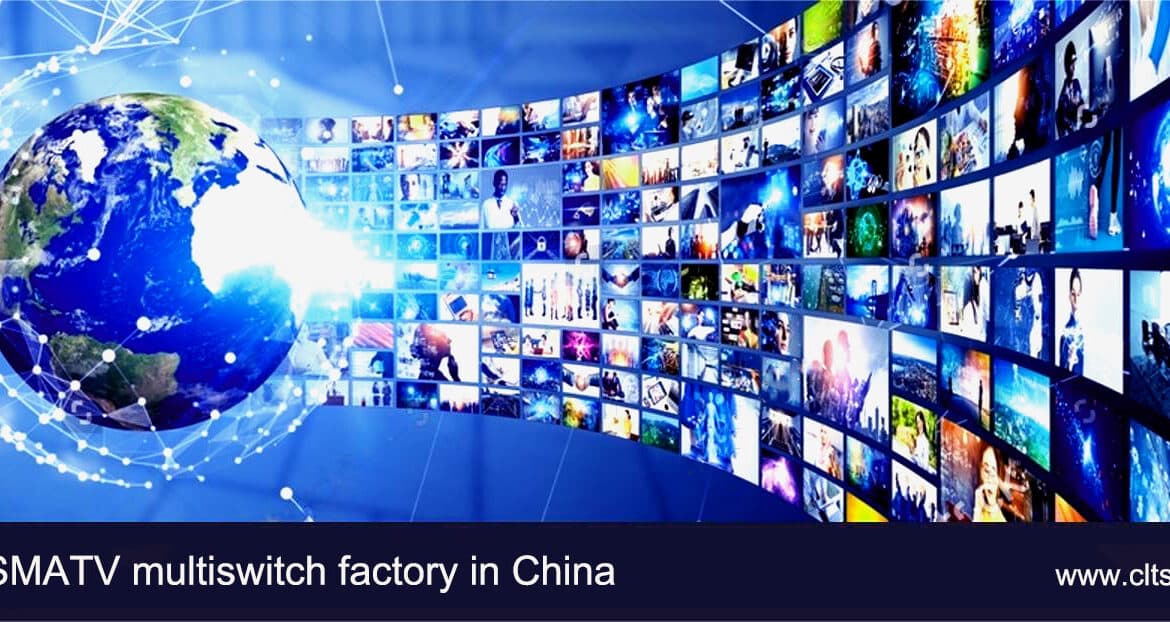Since the mid-20th century, satellite TV has undergone a remarkable development trajectory, evolving from its initial concept to the current era of digitization and high-definition. It has played a significant role in both communication technology and the entertainment industry.
Satellite TV Origin and Concept:
The concept of satellite TV can be traced back to the late 1950s when the United States and the Soviet Union engaged in intense competition in space exploration. The historic moment came in 1957 when the Soviet Union successfully launched the world’s first artificial Earth satellite—Sputnik 1. This event not only marked a major milestone in space exploration but also heralded a new era of satellite communication technology.
The successful launch of Sputnik 1 marked the beginning of satellite communication technology. Scientists began exploring the potential of using this technology for broader communication and information transmission purposes. The concept of satellite communication gradually expanded, with people envisioning the use of satellites to transmit television signals, thus enabling global television broadcasting.

Key Technological Breakthroughs:
As satellite communication technology continued to advance, satellite TV emerged as a new television transmission medium. A significant breakthrough occurred in 1975 when the United States’ HBO (Home Box Office) utilized communication satellites to provide satellite TV broadcasting to household users for the first time. This marked the beginning of the commercialization of satellite TV.
This breakthrough event signified that satellite TV was no longer merely an experimental technology but had become a viable commercial model. By utilizing satellite signal transmission, television programs could reach a wider geographical area, providing users with a richer selection of content. HBO’s successful practice inspired more companies and investors to join the satellite TV industry.
Subsequently, the 1980s witnessed further development and globalization of satellite TV. Companies such as DirecTV in the United States and BSkyB in the United Kingdom were established, driving the proliferation of satellite TV in North America, Europe, and other regions. These companies continuously improved and expanded satellite TV services, including offering more channel choices, enhancing reception equipment, and improving user experience.
Through continuous technological innovation and business practices, satellite TV gradually became one of the mainstream television transmission methods worldwide. This key technological breakthrough laid a solid foundation for the vigorous development of the satellite TV industry and provided users with a wider selection of high-quality entertainment options.
Commercialization Process:
With the continuous advancement of technology and market competition, the commercialization process of satellite TV is accelerating rapidly. The application of digitalization and high-definition technology has enabled sat TV to provide higher-quality pictures and audio effects, attracting an increasing number of users.
Firstly, the application of digital technology allows sat TV to offer more channels and diversified program content. Traditional analog signals are gradually being replaced by digital signals, which not only improve signal transmission efficiency and stability but also provide users with a richer selection of programs. Users can enjoy various types of TV programs, including movies, sports, documentaries, news, and more.
Secondly, the application of high-definition technology provides users with higher-quality pictures and audio effects. The popularity of high-definition channels allows users to enjoy clearer and more realistic images and sound effects, enhancing the viewing experience. Users are no longer satisfied with traditional standard-definition picture quality but expect to enjoy the visual feast brought by high-definition picture quality.
Additionally, satellite TV providers continuously introduce more diversified services and content choices to meet users’ demands for different types of programs. They not only offer traditional TV programs but also launch various value-added services, such as video-on-demand, interactive games, specialty channels, and more, providing users with a richer entertainment selection.
The Era of Digitization and High Definition:
Entering the 21st century, satellite TV has entered a new era of digitization and high definition, providing users with a more abundant and high-quality viewing experience. The widespread adoption of digital technology enables satellite TV to offer more channels and services, allowing users to enjoy more diversified program content.
Firstly, the application of digital technology enables sat TV to provide a significantly increased number of programs. The gradual replacement of traditional analog signals by digital signals not only enhances signal transmission efficiency and stability but also provides users with a more diverse selection of programs. Users can watch programs from various fields, including movies, sports, documentaries, news, and more, catering to the viewing needs of different user groups.
Secondly, the introduction and popularity of high-definition channels provide users with clearer and more realistic images and audio effects. High-definition TV programs have higher resolution and more realistic color reproduction, allowing users to immerse themselves in the picture and enjoy a more immersive and realistic viewing experience. Users can easily enjoy the visual feast brought by high-definition picture quality, rather than being satisfied with traditional standard-definition picture quality.
The satellite TV industry is also constantly innovating and developing to adapt to the changing demands of users in the digital age and the market. They continuously improve and expand sat TV services, including providing more diverse program content, improving reception equipment, enhancing user experience, and more. Meanwhile, the sat TV industry actively responds to the challenges of emerging technologies and markets, continuously seeking innovation and breakthroughs to maintain competitiveness and meet user needs.
Summary:
The history of satellite TV is a history of continuous innovation and progress. From the launch of Sputnik 1 to the current digital era, sat TV has played an important role in communication technology, the entertainment industry, and the process of globalization. In the future, with the continuous development of technology and the changing demands of users, satelliteTV will continue to be an indispensable part of people’s lives.
In this digital age, satellite TV will continue to provide users with more abundant and high-quality program content, bringing a richer and more diverse viewing experience to people. Meanwhile, the satellite TV industry will continue to innovate and develop to adapt to the changing market demands and technological trends. Whether in home entertainment or the commercial sector, satellite TV will continue to play an important role, connecting people from all over the world and bringing them unlimited information and entertainment.






